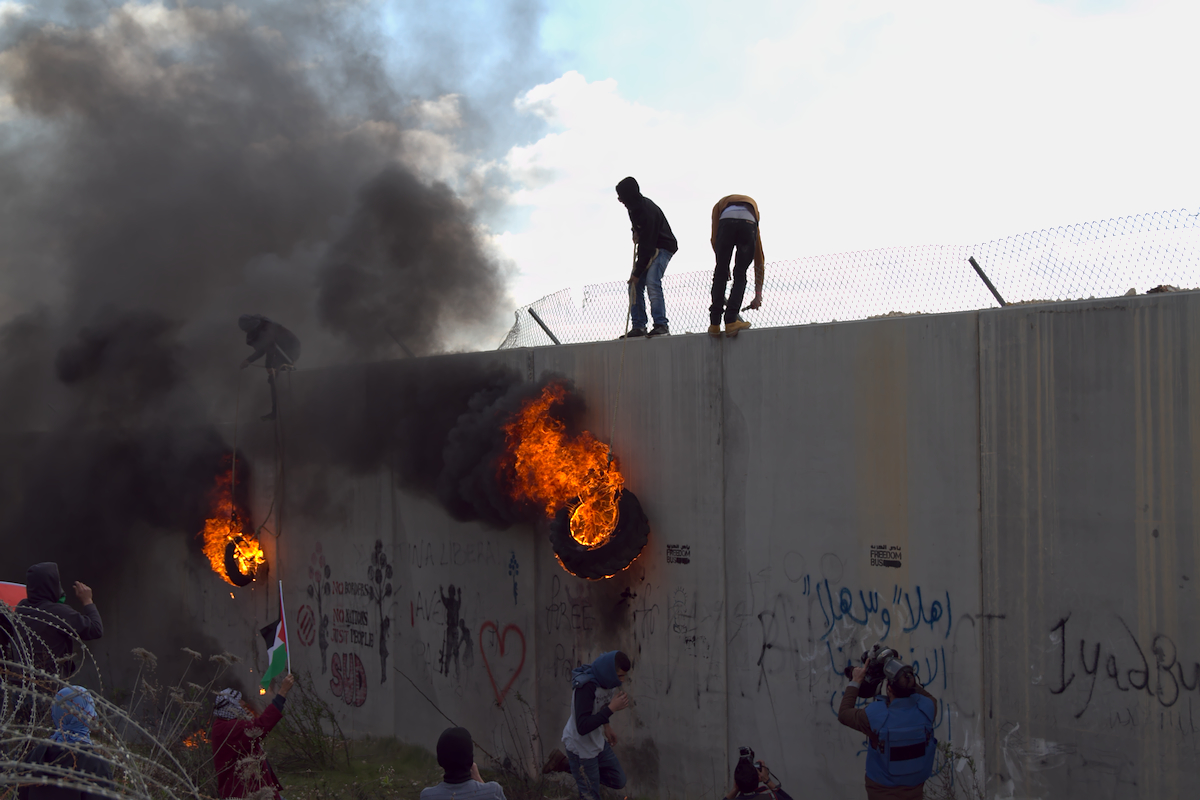Tag: Apartheid Wall
-
Banksy and the Walled Off Hotel: a personal view
13th March 2017 | International Solidarity Movement, al-Khalil team | Hebron, occupied Palestine Over the last weeks there has been a lot of noise about Banksy (a street artist from the UK, now darling of the art world) and his new hotel in Bethlehem. Initially the vast majority of news articles seemed to glow with…
-
Awareness campaign to boycotting the Israeli occupation
23rd February 2017 | International Solidarity Movement, Gaza team | Gaza, occupied Palestine The Boycott campaign-Palestine PCB organized an awareness campaign for some Schools in Gaza City in order to raise awareness of the importance of Boycotting the occupation and supporting local products. A number of the boycott-campaign-Palestine activists took part in the campaign by…
-
12th anniversary of the popular resistance in Bil’in
18th of February, 2017 | International Solidarity Movement, Ramallah team | Bil’in, Occupied Palestine The 17th of February marked the 12th anniversary of the popular resistance of the people of Bil’in against illegal Israeli settlements and the apartheid wall. Throughout these 12 years there have been protests every week by the people of the village,…



